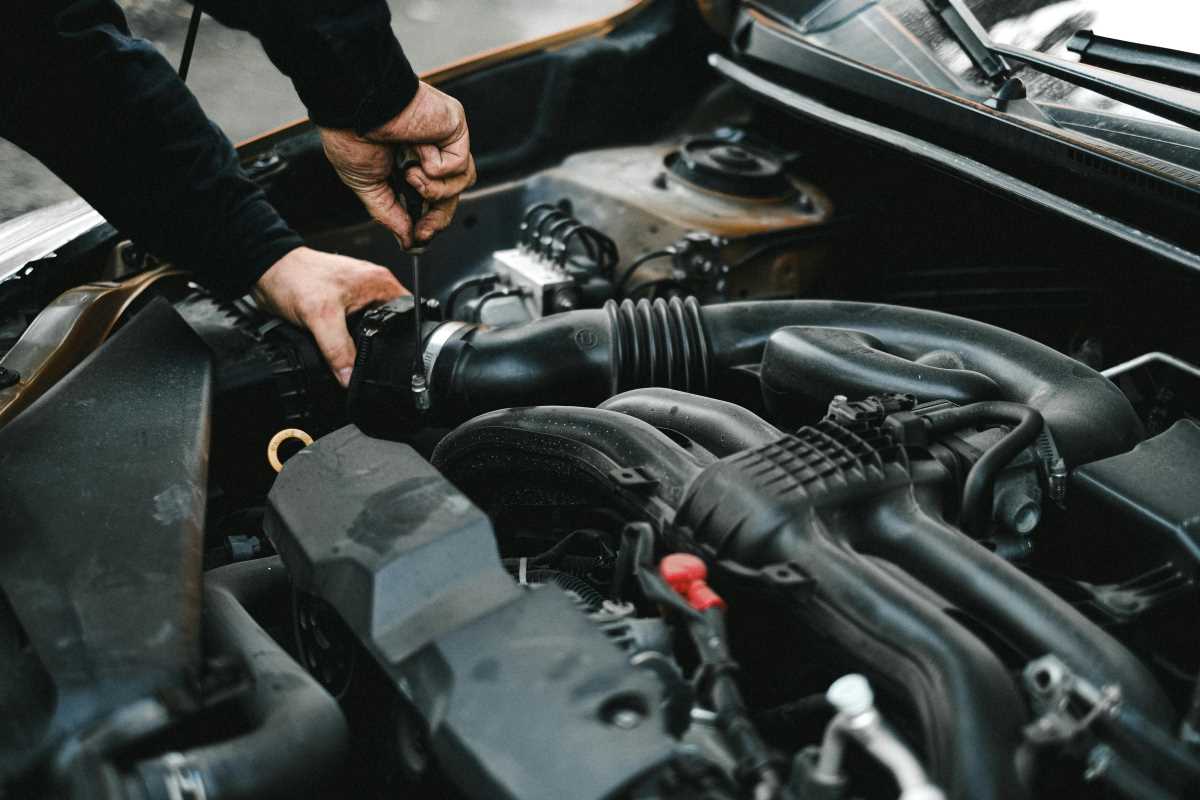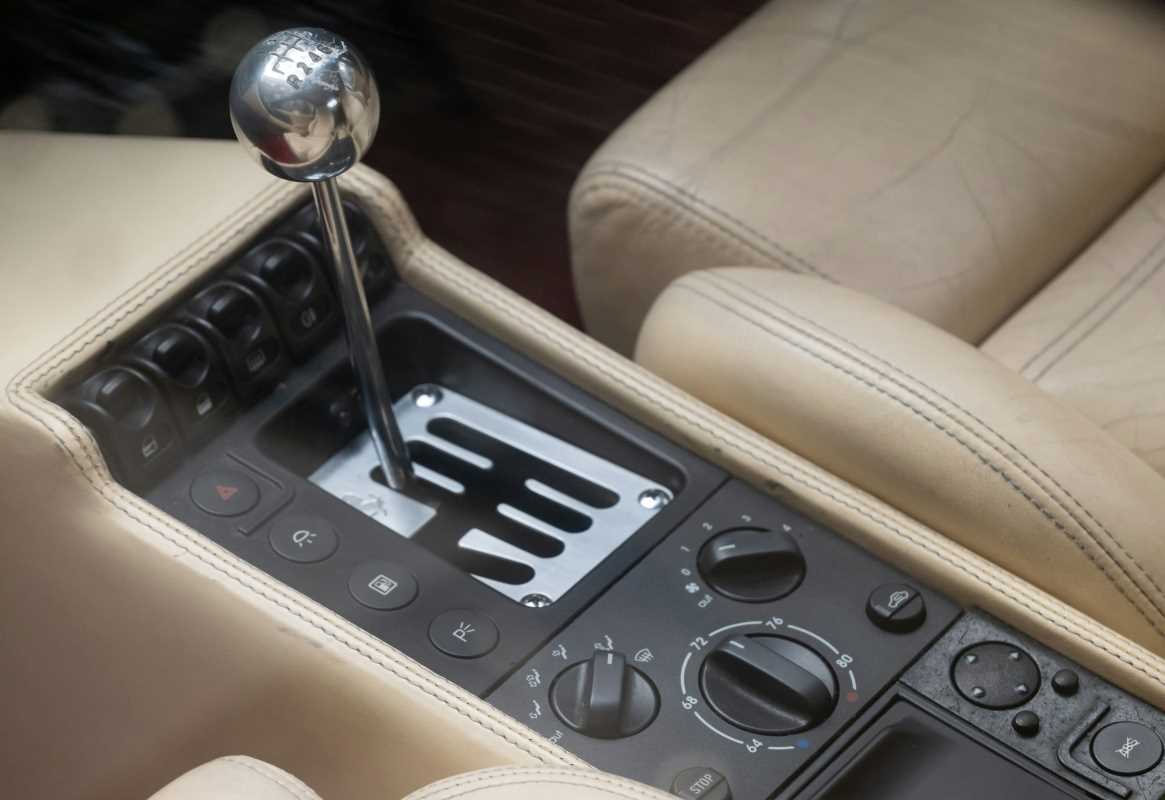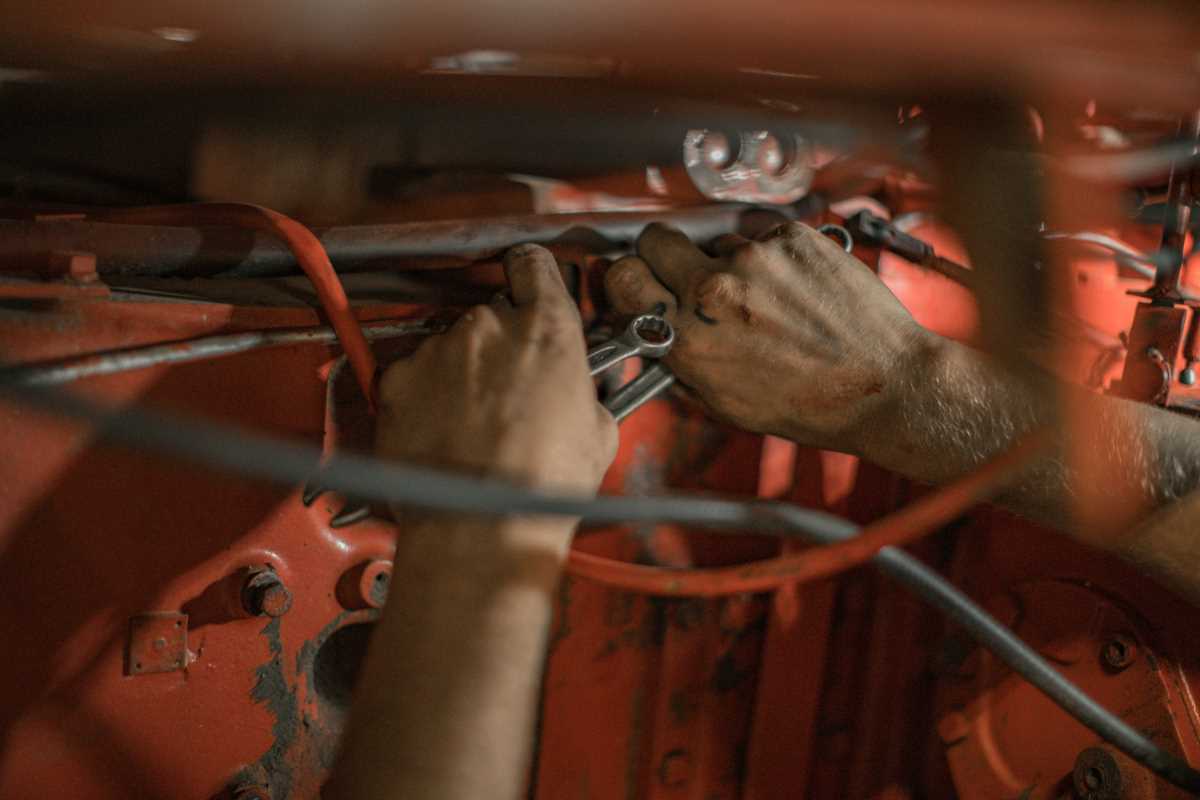Diagnosing and addressing an engine misfire isn’t rocket science. All it takes is a little know-how, some detective work, and patience. This guide will walk you through the basics of identifying a misfire and getting your car back to smooth and steady driving.
Recognizing the Telltale Signs
An engine misfire can feel like an automotive sneeze. It disrupts the rhythm of your engine, causing performance issues that are often hard to ignore. If you're not sure whether your car is misbehaving, here are some common signs to look out for:
- Rough idling: Does your engine feel jittery, like it’s struggling to settle down at a red light?
- Loss of power: Is your car sluggish on acceleration or slower than usual getting up to speed?
- Poor fuel efficiency: Are you visiting the gas pump more often without making longer trips?
- Unusual noises: Do you hear popping, backfiring, or strange thumping sounds coming from under the hood?
- Check engine light: This glowy little warning light is your car’s way of saying, “Something’s wrong!”
Any one of these symptoms could point to an engine misfire. Ignoring the problem won’t make it go away; instead, it’ll likely snowball into larger, costlier repairs.
Identifying Potential Causes
Now that you know the symptoms, it’s time to play detective. An engine misfire is a cry for help, and the culprit could be linked to one of three main areas: fuel, spark, or air. But before you roll up your sleeves, it’s helpful to understand the usual suspects:
- Worn-out spark plugs: These little components ignite the air-fuel mixture in your engine. If they’re dirty, cracked, or past their prime, misfires are almost inevitable.
- Faulty ignition coils: If spark plugs are the rockstars, coils are their managers. A failing coil can prevent electricity from reaching the plugs.
- Clogged fuel injectors: Dirty or blocked injectors mess with the fuel supply, throwing off the air-fuel ratio.
- Vacuum leaks: Extra air sneaking into your engine can cause hiccups in its performance.
- Sensor issues: If sensors like the oxygen or mass airflow sensor are faulty, they send mixed signals to your engine, creating chaos.
- Compression problems: If a cylinder loses its seal or has a valve problem, it won't burn fuel properly.
While some causes are simpler to fix than others, it’s important to approach diagnostics methodically. A guessing game not only wastes time but can add unnecessary repairs to your list.
Running a Quick DIY Test
Before you dash off to your mechanic, there are a few simple checks you can do yourself. Start with the basics and work your way up:
- Pop the hood: Look for damaged wires, corroded connections, or any signs of leaks.
- Listen to the engine: A rhythmic engine is a happy engine. A misfire frequently comes with a noticeable offbeat rhythm, especially when idling.
- Inspect the spark plugs: A worn or fouled spark plug is almost always a giveaway. Remove and inspect them for carbon buildup, soot, or cracks.
- Check for error codes: A simple OBD-II scanner (available online or at auto stores) can reveal trouble codes logged by your car’s computer. These codes provide valuable clues about the source of the misfire.
While these steps may not solve the issue entirely, they can help narrow down the possibilities and point you toward a solution. Plus, they might save you from shelling out for a pricey diagnostic service at the auto shop.
Getting to the Fix
Once you’ve identified the likely culprit, the next step is addressing the issue. Depending on what’s causing the engine misfire, the level of difficulty and cost will vary. Here’s what to do:
- Replace spark plugs: If the plugs are worn, replacing them with a fresh set is one of the fastest, most affordable fixes. Be sure to use plugs recommended for your car’s make and model.
- Swap out ignition coils: Faulty coils often need replacing. However, in some cases, cleaning or securely reconnecting a coil could fix the issue.
- Clean or replace fuel injectors: A clogged injector can often be cleaned with a fuel system cleaner. But for severe clogs, replacing the injector might be the only solution.
- Seal vacuum leaks: Once you locate a leaky hose or gasket, patching or replacing it can restore engine performance.
- Repair sensors: If faulty sensors like the oxygen sensor are to blame, professional repair or replacement might be the best route. Sensors aren’t overly challenging to replace, but they often work in tandem with other systems, making accuracy critical.
- Investigate deeper issues: While rare, compression problems may require more invasive solutions like valve work or engine rebuilds. For this, it’s best to rely on a qualified mechanic.
Fixing a misfire is as much about tools as it is about technique. Always follow repair manuals when replacing parts, or seek professional help if a problem goes beyond your comfort zone.
Preventing Misfires Before They Start
While misfires can happen to anyone, regular maintenance greatly reduces the odds. Here’s how you can keep them at bay:
- Stick to your service schedule: Regular oil changes, tune-ups, and system inspections go a long way in preventing issues with your engine.
- Invest in quality parts: From spark plugs to fuel filters, don’t skimp on replacements. Cheaper components may not last and could lead to more headaches.
- Watch your fuel quality: Avoid fuels with high ethanol content or contaminants. If in doubt, use a good fuel additive to keep injectors clean.
- Drive smart: Aggressive driving, harsh accelerations, and sudden stops stress your engine components unnecessarily. Smooth driving is not only fuel-efficient but also engine-friendly.
With these habits, you're not just preventing misfires; you're ensuring a smoother, more reliable driving experience.
Keeping the Road Ahead Smooth
Diagnosing and addressing an engine misfire might seem intimidating, but with a little patience and the right approach, it’s a manageable challenge. Pay attention to your car’s behavior, tackle the issue systematically, and don’t hesitate to ask for help if a problem goes beyond your DIY comfort zone.
Seeing the check engine light fade after a successful fix? There’s no better feeling. It’s a reminder that every effort you put into maintaining your car adds up, ensuring it’s ready for whatever adventures lie ahead. After all, a reliable engine isn’t just about getting from point A to point B; it’s about enjoying the ride every mile of the way.







